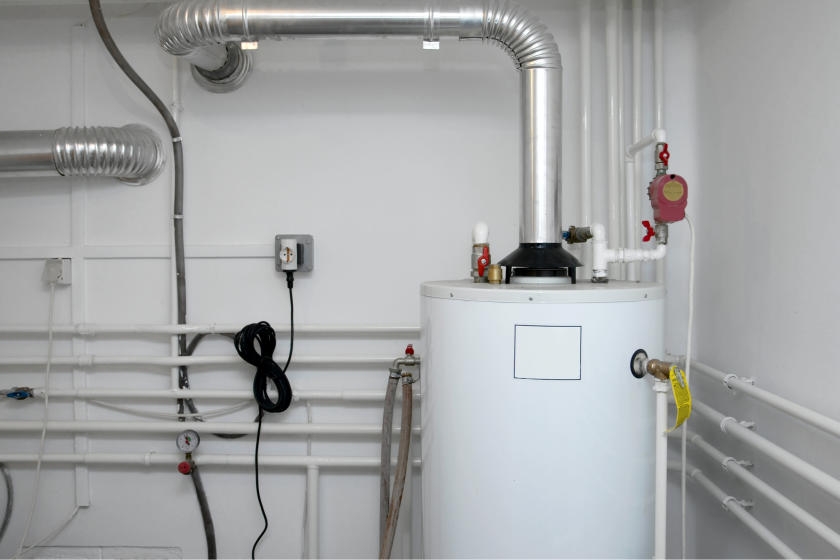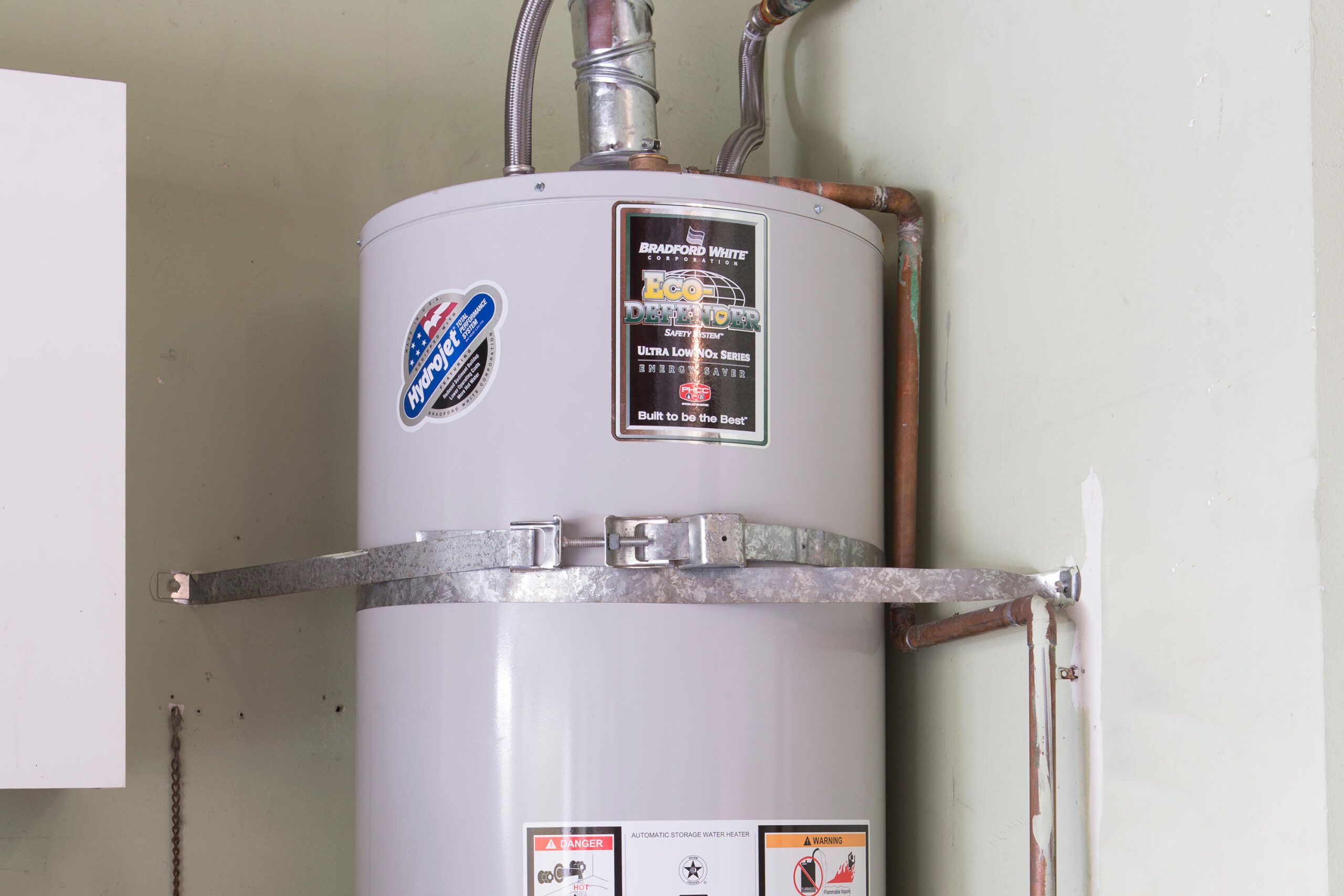Almost everyone is bound to have their own individual thinking when it comes to What Kind of Maintenance Do Water Heaters Need?.

Warm water is necessary for daily convenience, whether it's for a revitalizing shower or cleaning meals. To ensure your warm water system runs successfully and lasts much longer, routine maintenance is key. This article supplies useful suggestions and understandings on exactly how to maintain your home's warm water system to stay clear of interruptions and expensive repairs.
Intro
Keeping your home's hot water system might appear complicated, but with a couple of basic steps, you can ensure it runs efficiently for several years to find. This guide covers everything from recognizing your warm water system to DIY upkeep ideas and knowing when to call in specialist assistance.
Importance of Keeping Your Hot Water System
Regular upkeep not only expands the life expectancy of your hot water system yet likewise ensures it runs effectively. Disregarding upkeep can lead to lowered effectiveness, greater power bills, and also premature failing of the system.
Signs Your Warm Water System Needs Upkeep
Knowing when your hot water system requires attention can stop significant issues. Watch out for indicators such as inconsistent water temperature, weird noises from the heating unit, or corroded water.
Understanding Your Hot Water System
Prior to diving right into maintenance tasks, it's practical to recognize the basic elements of your warm water system. Typically, this includes the water heater itself, pipes, anode poles, and temperature level controls.
Monthly Maintenance Tasks
Routine month-to-month checks can assist capture minor issues before they intensify.
Purging the Hot Water Heater
Flushing your water heater eliminates debris build-up, boosting efficiency and prolonging its life.
Checking and Changing Anode Rods
Anode poles protect against rust inside the container. Evaluating and replacing them when worn out is critical.
Evaluating and Readjusting Temperature Settings
Adjusting the temperature settings guarantees optimal performance and safety.
DIY Tips for Maintenance
You can carry out a number of maintenance tasks yourself to keep your hot water system in top condition.
Checking for Leaks
Frequently inspect pipes and connections for leaks, as these can lead to water damage and higher bills.
Examining Pressure Relief Valves
Checking the pressure safety valve ensures it operates properly and protects against extreme pressure accumulation.
Insulating Pipelines
Insulating warm water pipes lowers warmth loss and can conserve power.
When to Call an Expert
While do it yourself upkeep is advantageous, some problems call for professional knowledge.
Complicated Issues Calling For Professional Assistance
Examples include significant leaks, electric problems, or if your water heater is constantly underperforming.
Routine Specialist Maintenance Conveniences
Expert maintenance can consist of comprehensive assessments, tune-ups, and guaranteeing compliance with security standards.
Conclusion
Regular upkeep of your home's warm water system is necessary for performance, long life, and cost savings. By following these tips and knowing when to look for professional help, you can ensure a dependable supply of hot water without unforeseen disturbances.
Water Heater Maintenance Tips
Test the TPR Valve
Shut off the power and the cold-water supply valve. Place a bucket under the pipe connected to the temperature-pressure-release (TPR) valve on the top or side of the tank. (This valve opens if the tank pressure gets too high.) Lift the valve’s tab to let some water out, then let go. If water keeps flowing, drain the tank partway, unscrew the old valve with a pipe wrench, and install a new one. Check the Anode Rod
Put a hose to the tank’s drain cock and let out a few gallons of water. Now fit a 1 1/16-inch socket onto the rod’s hex head on top of the heater (or under its top plate) and unscrew the rod. If it’s less than ½ inch thick or coated with calcium, buy a new one, wrap its threads with Teflon tape, put it back in the tank, and tighten securely. Use this segmented rod if headroom above the tank is limited. Drain the Tank and Wash Out Sediment
Drain the remaining water in the tank into the bucket, then stir up the sediment on the tank’s bottom by briefly opening the cold-water supply valve. Drain and repeat until clean water comes out of the hose. Close the drain cock, refill the tank, and turn its power back on. Adjust the Temperature
Find the temperature dial on the side of the tank and unscrew its cover. Adjust the dial to 120 degrees using a flathead screwdriver. For every 10 degrees the temperature is lowered, you can expect to save up to 5 percent in energy costs. Turn the water heater off or the thermostat down to its lowest setting if you plan to be away from home for more than three days. Insulate the Pipes
Buy some self-sticking 3/8-inch-thick foam pipe insulation that matches the pipes’ diameter. Slide the foam over the hot-and cold-water pipes as far as you can reach. Insulating the cold-water pipe prevents condensation in summer. Peel the tape and squeeze the insulation closed. If the pipe is 6 inches or less from the flue, cover it with 1-inch-thick unfaced fiberglass pipe wrap. https://www.thisoldhouse.com/plumbing/21016402/how-to-maintain-a-water-heater

We had been brought to that article about How to Maintain a Hot Water Heater in a Few Simple Steps from an acquaintance on another site. Sharing is good. Helping others is fun. We take joy in reading our article about What Kind of Maintenance Do Water Heaters Need?.
Click For More Information